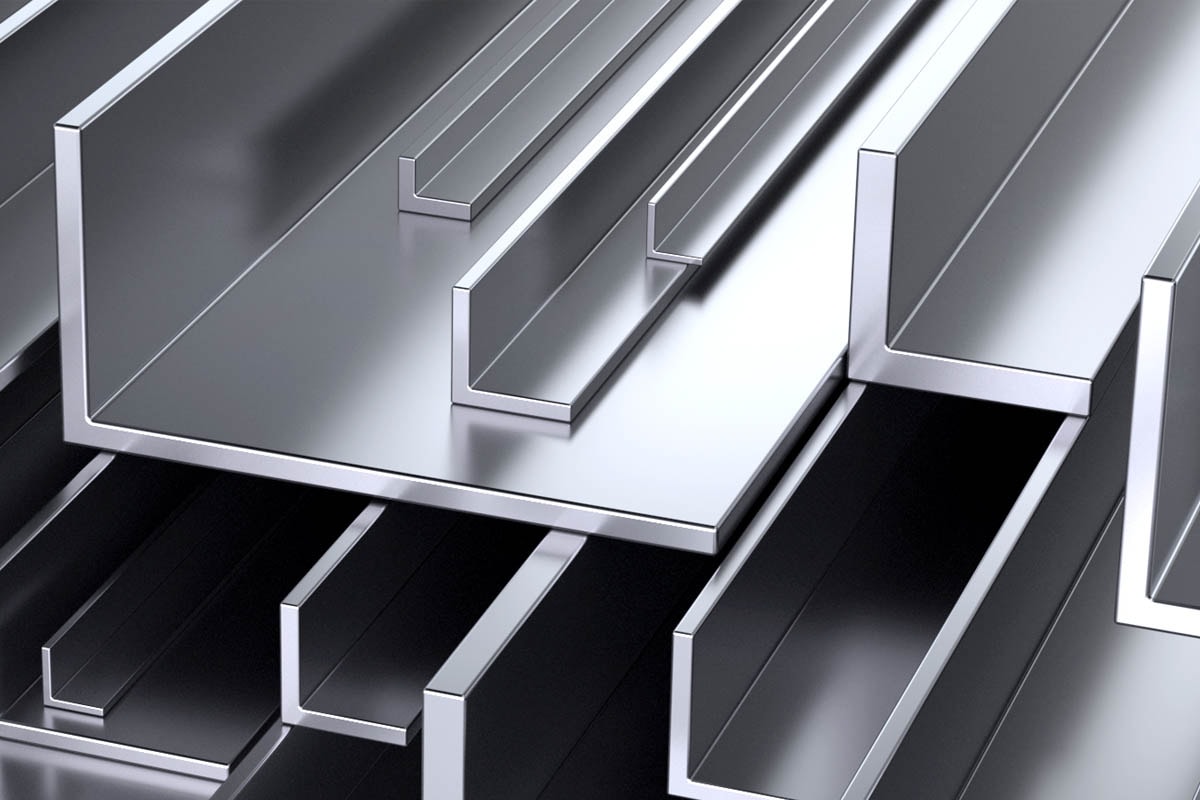Angles
Ideal Applications for Aluminum Angle Sizes and Types
Aluminum is used in an almost endless variety of commercial and industrial construction projects, as well as manufactured products. In addition to being significantly cheaper, using aluminum over wood has many advantages. It is lighter, more resistant to insects, and much less likely to warp or crack from water or other environmental damage. Aluminum angle sizes and shapes also vary to fit various applications and requirements.
Aluminum Angles
Aluminum angles are L-shaped cross-sections, with equal or unequal “legs”. Although they are light in weight, they are considerably strong and are used mainly for structural projects. Aluminum angles are also easy to clean and maintain and are available in a number of finishes, such as brushed or polished.
Aluminum Angle Sizes
The most common aluminum angle sizes are 1/16″, 3/32″, 1/8″, 3/16″, and 1/4″ wall thicknesses. A 90-degree bend is by far the most common for angle stock. You can also find angles with a less than 90-degree bend that leave the legs more open than 90-degrees. Extruded angles have slightly different shapes, depending on whether they are intended for architectural or structural use.
Architectural Angles
Architectural Angles are used where aesthetic appearance is of primary importance. They have sharper, squarer corners and are usually made from 6063 aluminum alloy and finished with a –T6 temper. The surface finish of 6063 is much smoother than other, commercially available alloys, and as, it is not as strong as other alloys, it is most suited for applications where visual appeal is more important than structural strength.
Architectural angles are commonly found in architectural molding and trim, window and door construction, and furniture.
Structural Angles
A structural angle has more rounded corners than an architectural angle, and a less “finished” appearance. Structural angles are usually made from 6061 aluminum, which is by far the most commonly used aluminum alloy thanks to its superior strength, weldability, heat treatability, and machinability. It can also be anodized, which adds another layer of protection to the finished parts.
Structural angles are often used in heavy-duty structures such as scaffolding, railroad cars, truck and marine components, floor framing, roof trusses, pipelines, and wire products.


